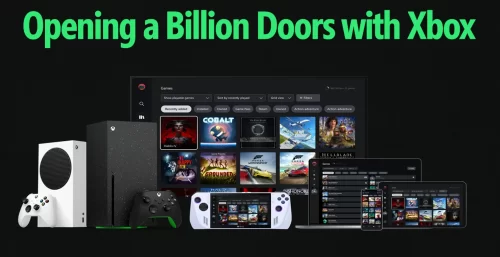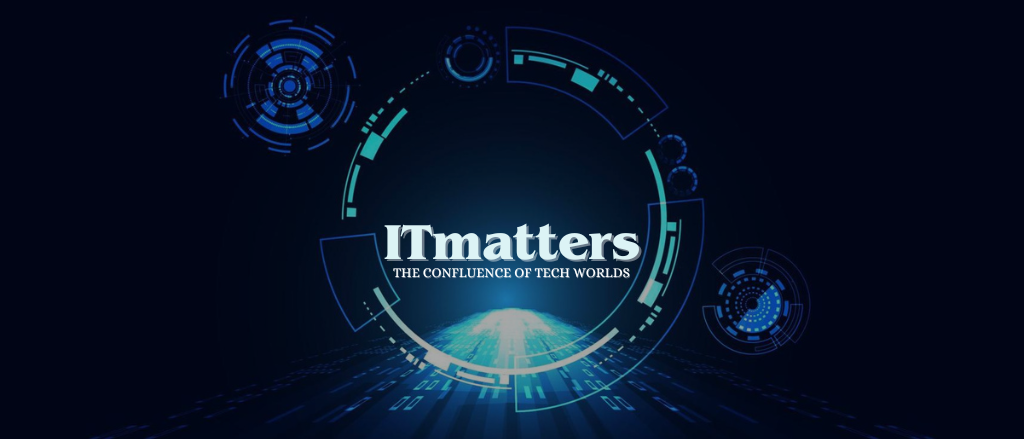
Microsoft Accidentally Reveals Steam Games May Be Coming to Your Xbox Console
A surprising Microsoft leak may have just hinted at a major change for Xbox users. According to reports, a recent update revealed that Steam games could soon be playable on Xbox consoles. If true, this would mark a significant shift in the gaming industry, offering more choices for players. But what does this mean for users and the gaming community?
What Happened? The Leak Explained
The speculation started when Microsoft accidentally revealed certain internal details at the Game Developers Conference (GDC) 2025. The discussion revolved around expanding gaming accessibility, and a brief mention of integrating PC gaming elements sparked curiosity. Some keen-eyed observers spotted references to Steam’s infrastructure in Microsoft’s development tools, fueling rumors that the gaming giant might be working on Steam compatibility for Xbox.
What This Could Mean for Gamers
If Microsoft enables Steam support on Xbox, it could revolutionize the way people play games. Currently, its consoles primarily support titles available through the Xbox Store and Game Pass. Bringing Steam into the mix would allow access to thousands of PC games directly.
For gamers, this could mean:
- A much larger game library.
- The ability to play PC-exclusive games.
- Potential cross-platform play between Xbox and PC gamers.
- More purchasing options.
This could also benefit game developers. Microsoft has emphasized its commitment to making gaming more accessible. Allowing Steam on Xbox could mean developers would no longer have to release separate versions of their games for console and PC.
A Step Forward
Microsoft has been working towards making Xbox a platform that extends beyond its hardware. From the early days of Xbox Live to the introduction of Xbox Game Pass and cloud gaming, the company has been pushing for broader accessibility. Recently, it has expanded its presence on smart TVs and mobile devices. A move to bring Steam games to Xbox would align perfectly with this strategy.
At GDC 2025, its vision was clear—breaking down barriers and allowing players to play anywhere. Microsoft has already partnered with Samsung, LG, and other brands to bring their own Cloud Gaming to more devices. Bringing Steam into the Xbox ecosystem would be another way to unify gaming across different platforms.
Will This Make Xbox More Like a PC?
If Steam support comes to Xbox, it could make the console behave more like a gaming PC. Unlike traditional consoles, where players are locked into specific storefronts, this would give Xbox users more freedom. This could attract PC gamers who prefer the flexibility of Steam but want the simplicity of a console.
However, there are still questions. Will Microsoft allow direct Steam installations, or will it be limited to certain games? Will this be a Game Pass Ultimate feature, similar to Xbox’s cloud gaming services? Microsoft has not officially confirmed anything yet, but the leak suggests that discussions are happening.
What Could Be the Challenges?
While this sounds exciting, there are hurdles to consider. Steam is operated by Valve, and Microsoft would need to collaborate with them to make this a reality. There might also be technical challenges, as many Steam games are designed for Windows PCs, not Xbox hardware.
Additionally, game publishers might have concerns about how this would affect their sales. Some might prefer to keep their games exclusive to certain platforms, rather than allowing them to be accessed freely across Xbox and PC.
A Game-Changer?
If Steam support comes to Xbox, it could make the console even more appealing to gamers who want access to a vast library of titles. It would be a major win for players, offering more choice and flexibility. It would also align with Microsoft’s broader vision of making gaming more accessible across devices.
For now, nothing is confirmed. But if this leak is accurate, Xbox could be on the verge of another big shift—one that could open the doors to an entirely new way of playing games on consoles. As Microsoft continues to push for accessibility and cross-platform integration, we’ll be keeping a close eye on what happens next.
